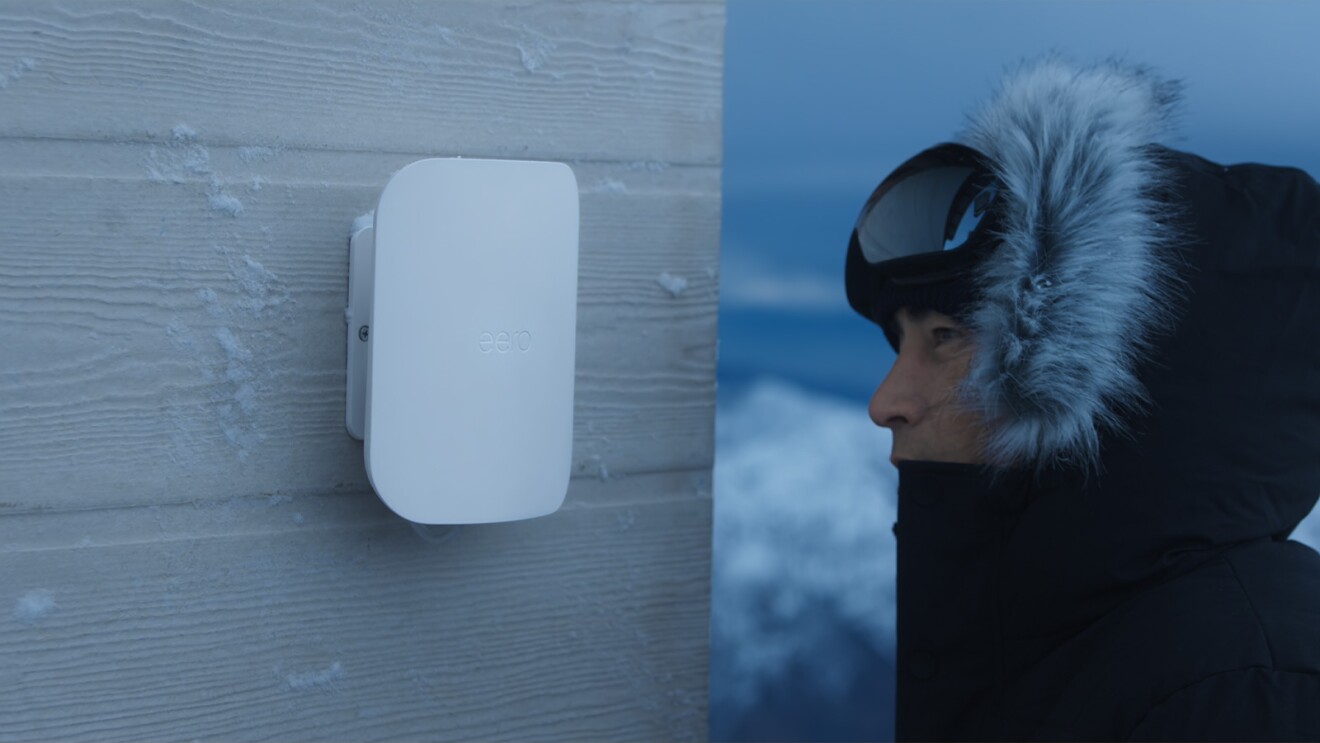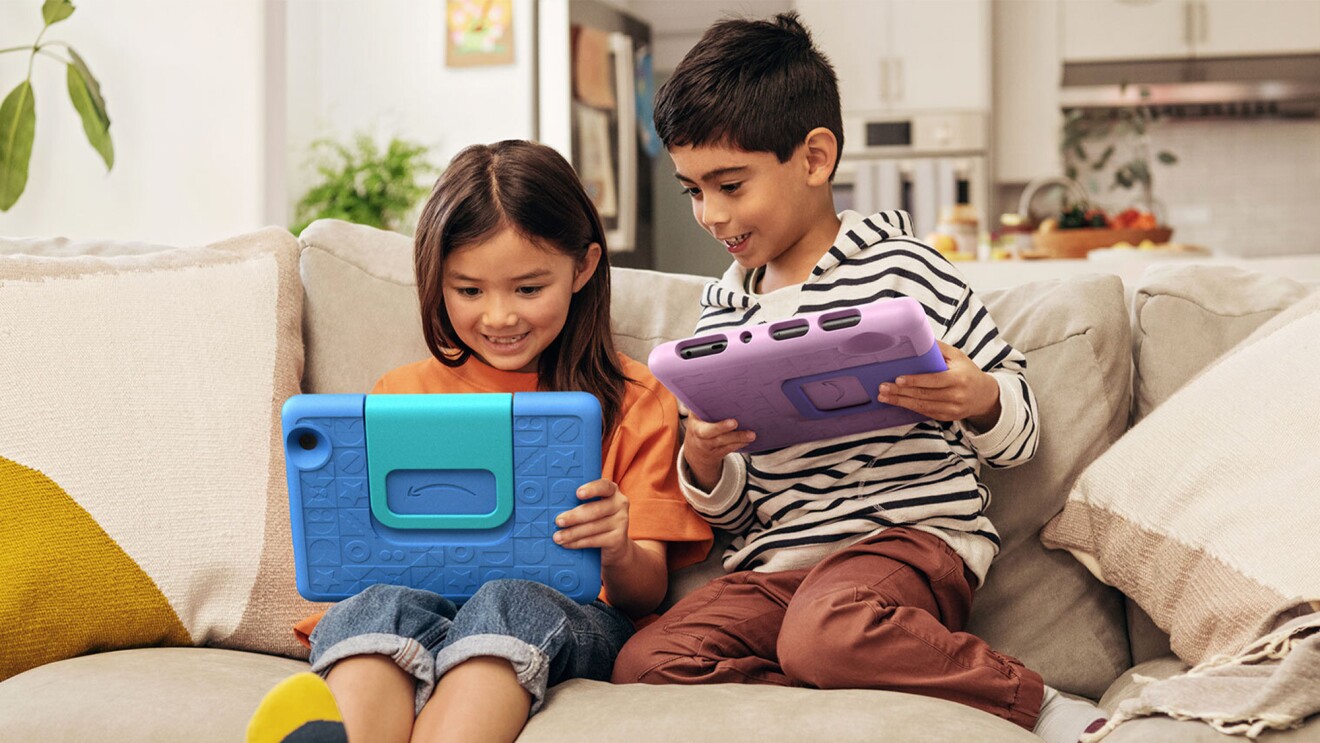Page overview
Introducing Fire TV
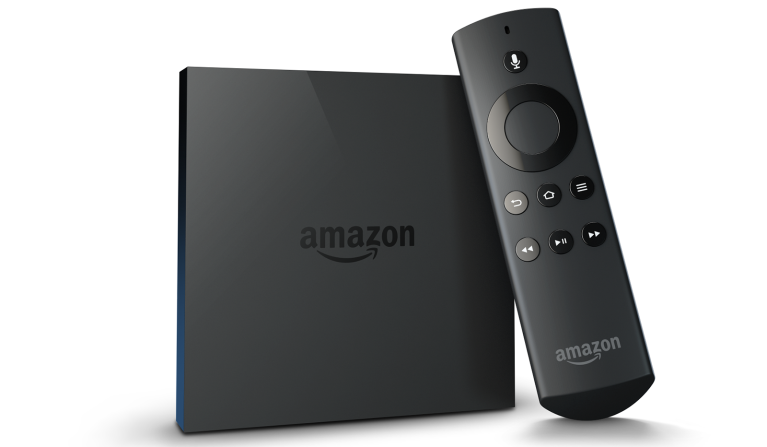
The first Fire TV device launched in 2014, revolutionizing the way our customers interacted with their TVs, thanks to voice integration and content-first design. The first Fire TV device included a mic button on its remote, which paved the way for searching and controlling your TV with just your voice.
Fire TV introduced the ability to control compatible smart home devices like cameras, lights, and more by voice using Alexa. With the Alexa integration, Fire TV devices also became controllable via Amazon’s lineup of Echo devices from anywhere in the room.
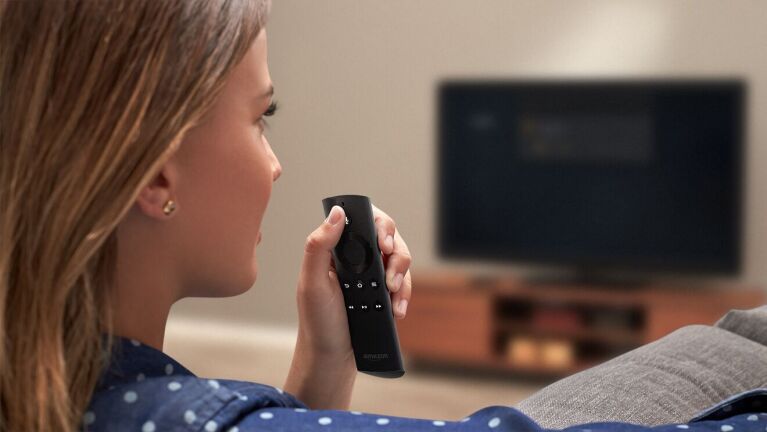
We brought the same great Alexa experience to a smaller form factor, launching the first streaming stick with a voice remote, the Fire TV Stick with Alexa Voice Remote. This enabled customers to not only find and discover content easily, but to also access some of their favorite Alexa features such as requesting local movie times, creating shopping lists, and playing music—all directly from their remote control.
The first integration of the Fire TV Experience into a TV manufacturer’s hardware was introduced in 2017, with the Element Fire TV Edition. This allowed the Fire TV operating system to be integrated natively into third-party TVs, bringing the experience customers loved directly to their TV. Since launching in 2017, we’ve launched over 280 televisions around the world with Fire TV built in—including Insignia, Toshiba, TCL, and Hisense smart TVs—and this number continues to grow.
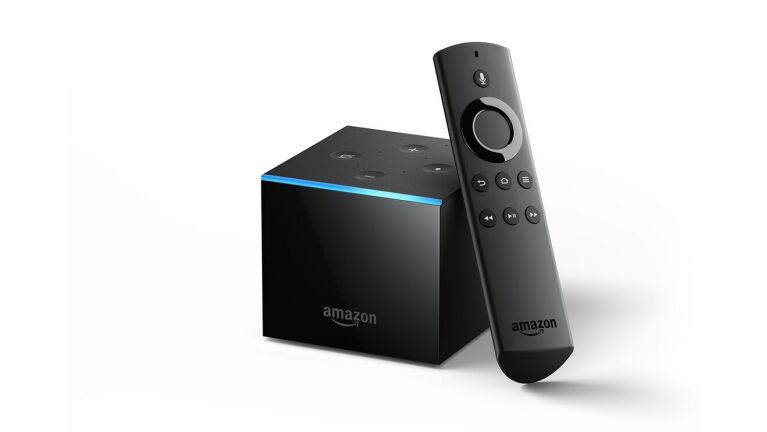
The first Fire TV Cube introduced a hands-free voice control experience, becoming the first streaming media player to allow customers to control their TVs with Alexa from across the room.
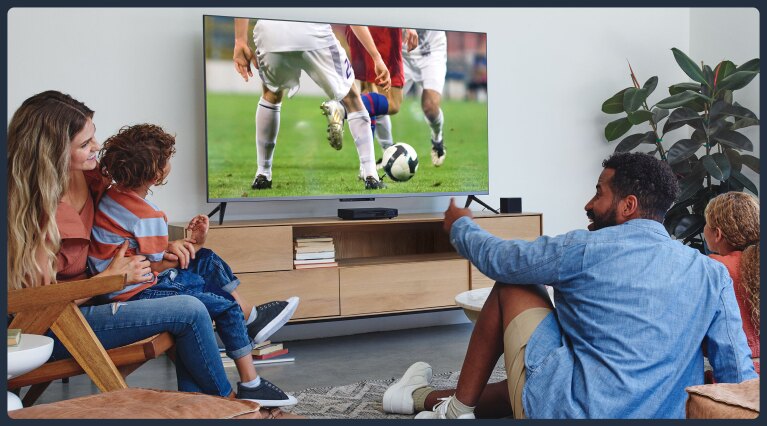
The Fire TV Cube (2nd Gen) came with Local Voice Control, an on-device processing feature that made executing some of the most frequent voice commands—like “Alexa, scroll right” or “select number one”—up to four times faster.
Fire TV introduced Text Banner, an assistive technology feature that consolidates on-screen text in a fixed location. This made watching TV more accessible for customers with narrow fields of vision, including those with vision disabilities such as macular degeneration, glaucoma, and retinitis pigmentosa.
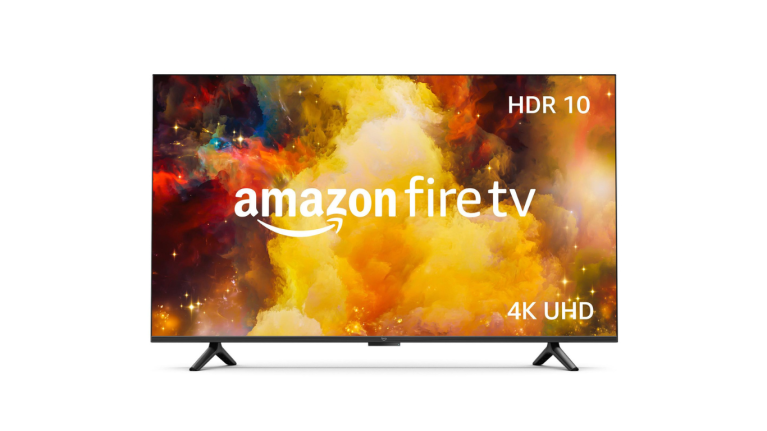
Fire TV debuted Amazon-built smart TVs with the launch of Fire TV 4-Series and Fire TV Omni Series smart TV lineups in the U.S. and Canada. Today, these smart TVs are also available in the United Kingdom, Germany, and Mexico.
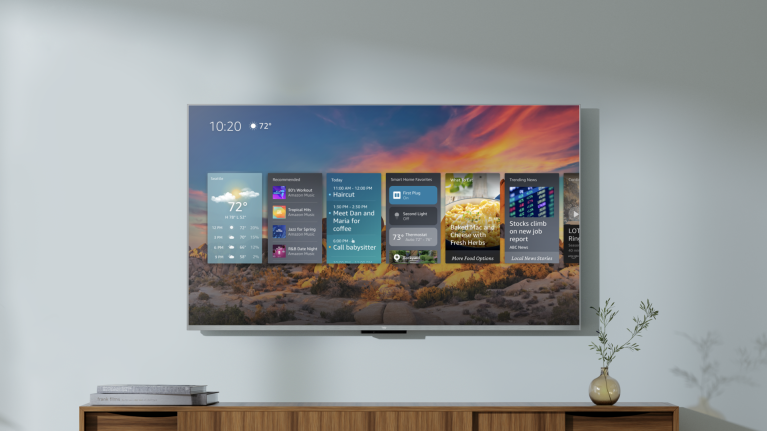
In 2022, the Fire TV Cube (2nd Gen) became the first-ever streaming media player in the U.S. to support ASHA (Audio Streaming for Hearing Aids) protocol through our work with hearing-aid company Starkey. Less than a year later, Fire TV streaming media players and smart TVs became the first streaming TV devices to stream sound directly to a hearing implant sound processor through Fire TV’s work with Cochlear, the global leader in implantable hearing solutions.
In late 2022, Fire TV also launched the Fire TV Ambient Experience, which transforms the TV into a beautiful, always-smart display that highlights important information or reminders. Learn more about the Fire TV Ambient Experience.
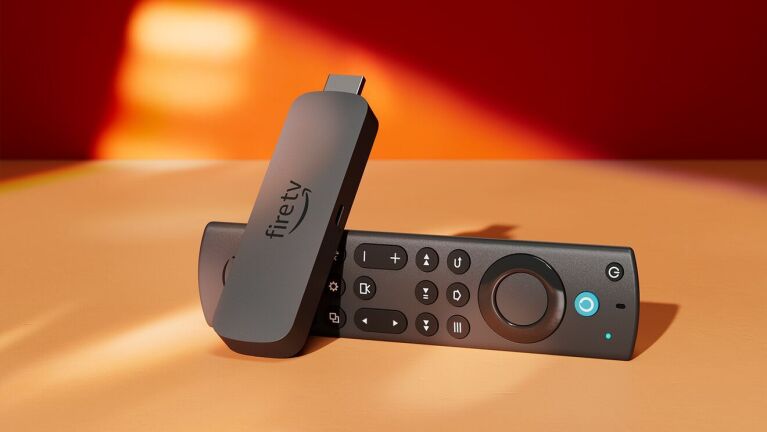
The Fire TV Stick 4K Max (2nd Gen) is the industry’s first-ever streaming stick to support Wi-Fi 6E. The team used the Fire TV Stick's existing antenna, stretching its limits to support the nearly three-times-the-frequency bandwidth required for the powerful Wi-Fi 6E, 6 Ghz standard. That same year, Fire TV also introduced its first Fire TV Soundbar.

Fire TV rolled out AI Art to the Fire TV Ambient Experience, which enables customers to create artwork masterpieces using generative AI. And we’re introducing a new search experience that combines AI with Fire TV’s extensive entertainment library: Customers can ask Alexa to find personalized content using natural language. For example, you can say things like: “Alexa, what movie has the line, 'You're killing me Smalls?'”
Trending news and stories
- Getting started with Alexa+: How to set up and personalize your experience
- 8 movies from Prime Video and Amazon MGM Studios coming soon in fall 2025
- How to watch ‘Superman,’ directed by James Gunn, on Prime Video
- Amazon now offers same-day perishable grocery delivery in over 1,000 cities and towns with plans to double that reach by year's end








